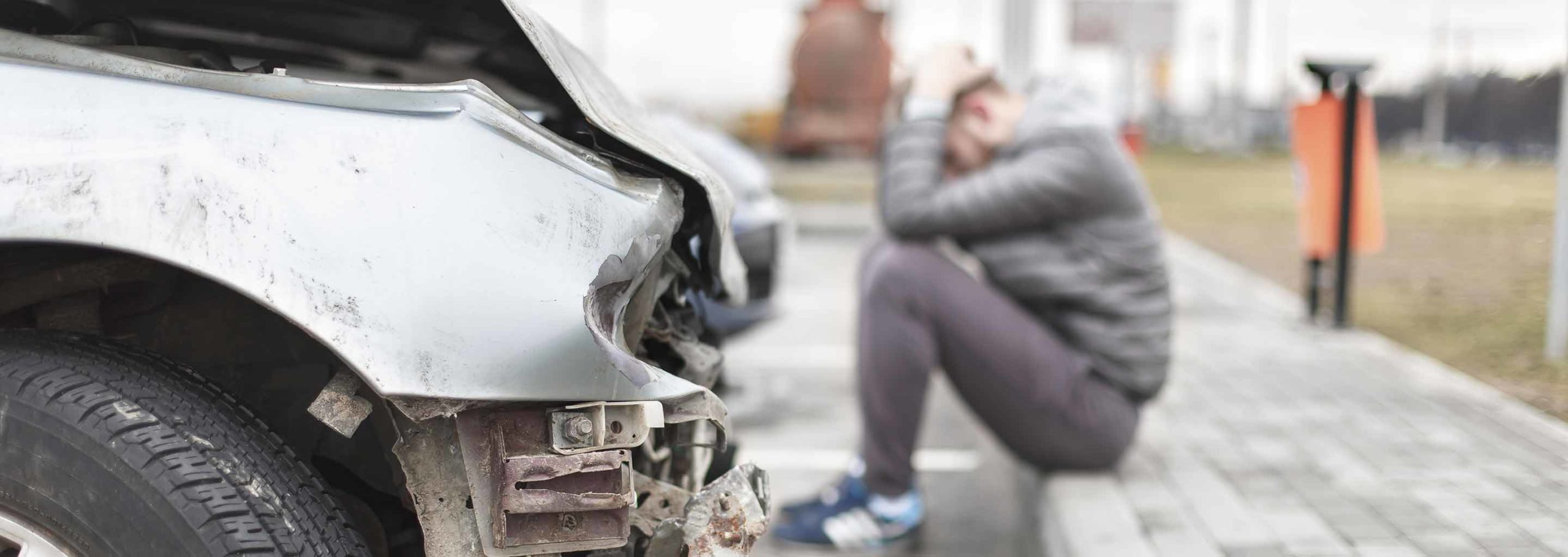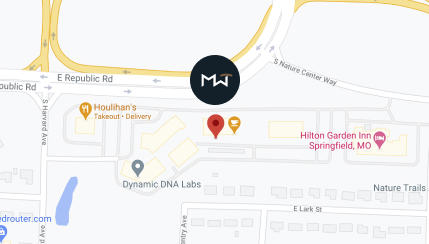
In the Midwest, collisions between deer and vehicles are a serious safety concern for all motorists. When deer and automobiles collide it can cause severe injury and even death for the occupants of the vehicle. In order to increase road safety, there are many precautions drivers can take to protect themselves.
The auto accident attorneys of Mann Wyatt Tanksley Injury Attorneys have seen the devastating effects of deer and vehicle collisions over the years.
According to the National Highway Safety Administration, there are 1.5 million automobile accidents caused by deer each year. This results in 10,000 injuries, nearly 200 fatalities, and over $1 billion in vehicle damages. The majority of deer accidents occur in the months of October, November and December, but it’s a year round problem — especially in the Midwest.
“Most injuries and fatalities in deer accidents are caused by the driver swerving away from the deer,” says Scott Mann, auto accident attorney. “This causes their car to swing wildly into oncoming traffic, the road median, or veer off into a tree or ditch. A motorist needs to slow down as much as possible and keep their vehicle on a straight path even if it means hitting the deer.”
The average weight of an adult male whitetail deer is 300 pounds, while adult females can reach 125 pounds. Hitting an animal this size can cause serious damage, which is why motorists need to take extra care during certain times of the day. Deer are most active at dawn and dusk. It’s best to decrease your speed during this time, especially if you’re driving in areas surrounded by trees, ponds, or green fields.
“If you see one deer there are usually others behind. This is your cue to slow down,” says Mike Wyatt, auto accident attorney. “Use your bright lights, but don’t honk your car horn at a deer at the side of the road. This will cause the deer to run right into your vehicle. The most important safety measure is to wear your seatbelt, and pay attention to deer crossing signs.”







 Site by
Site by